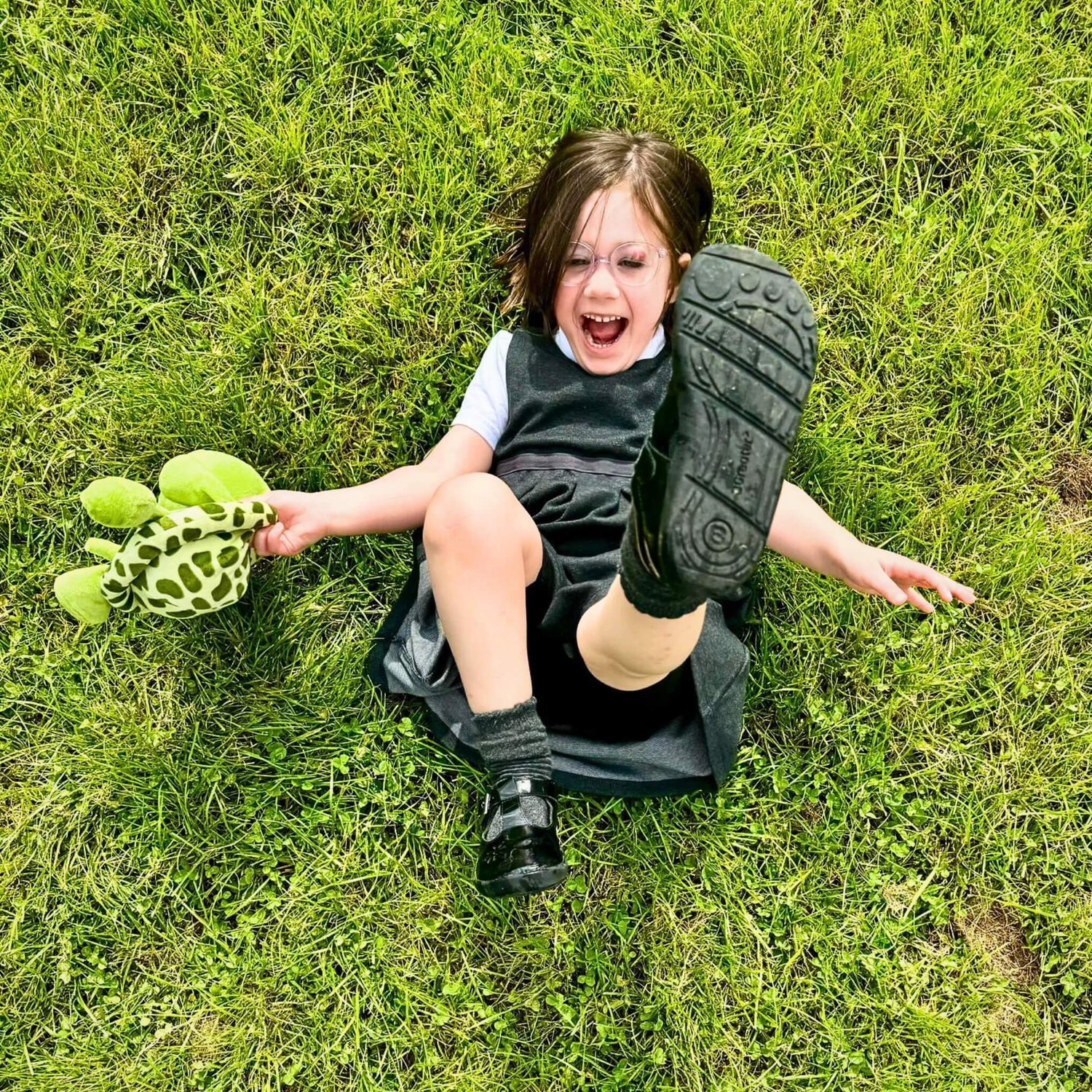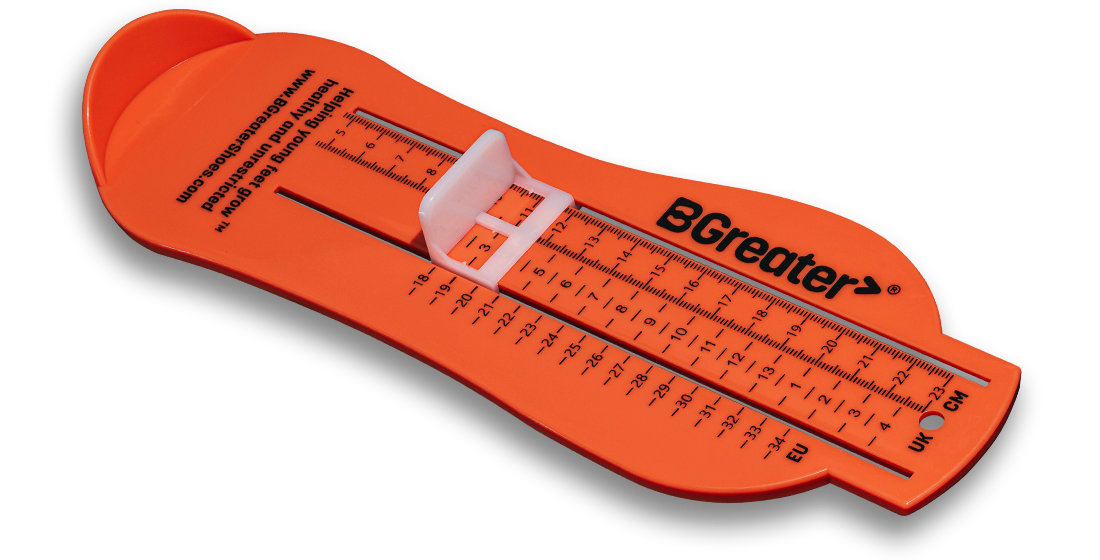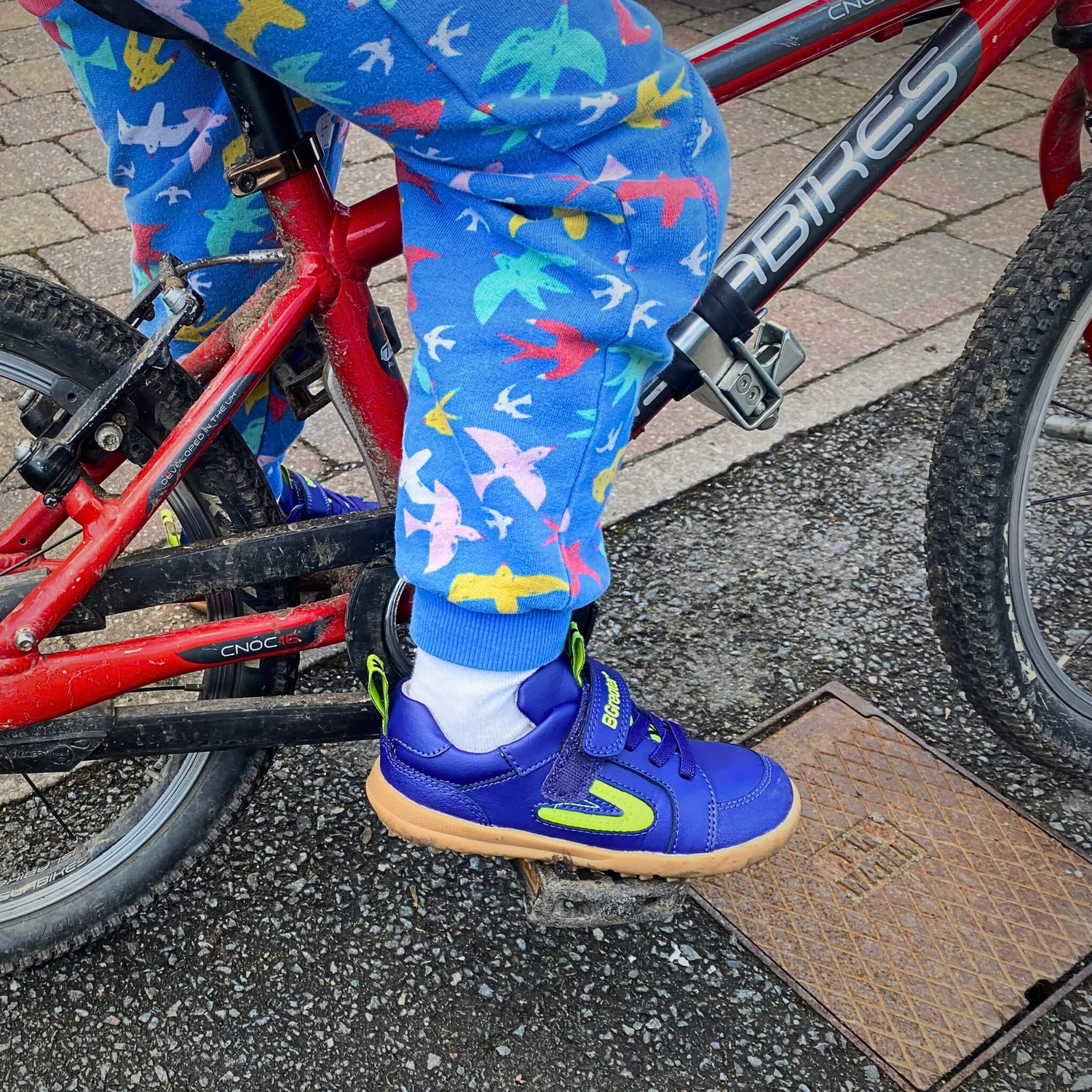All About Barefoot Shoes
Barefoot School Shoes Promote Healthy Foot Development and Natural Movement. Learn More About Barefoot Shoes Here and Why They Are a Game Changer for Your Children's Feet.
Collections
-

School Shoes
Our kids barefoot school shoes are flexible, durable, and made for every...
-

Accessories and Gift Cards
Whether you're not sure what size shoe your child needs or you're...
-

Kids Trainers
Set stations to adventure! Our barefoot trainers are affordable, comfortable and ready...



